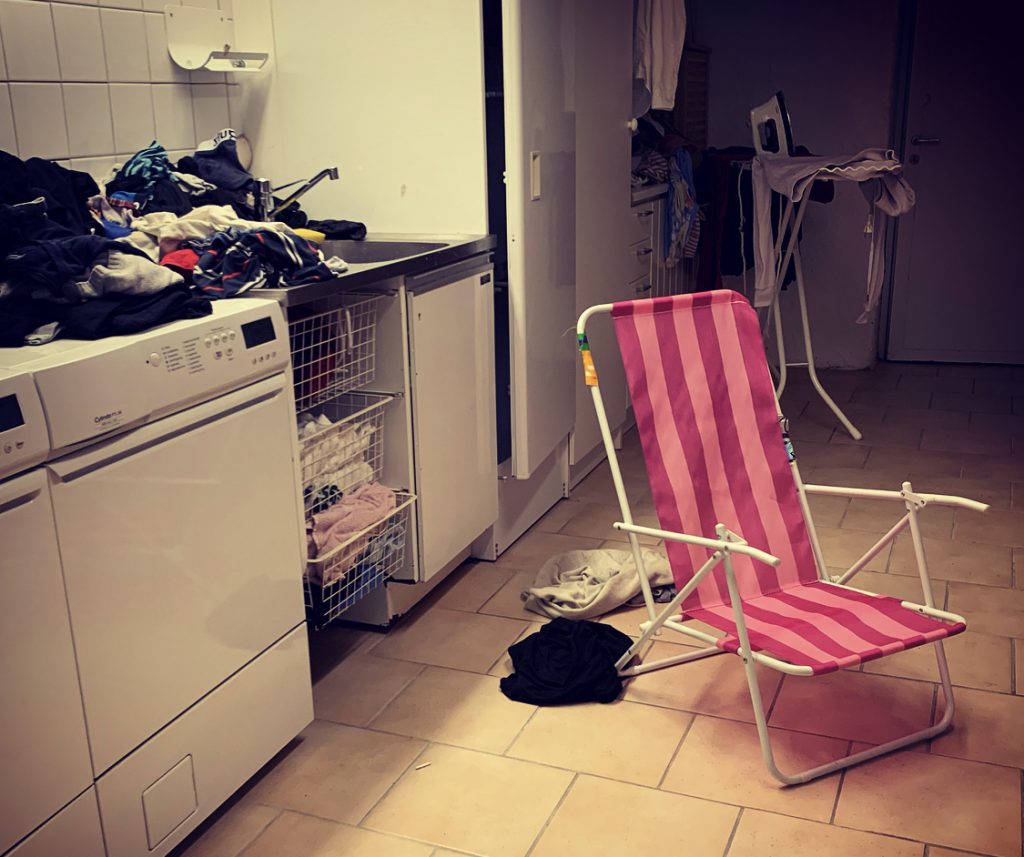Last week, it was 38 degrees Celsius in northern Siberia. Great! The children could swim in the melt water from the permafrost. After a couple of days of brutal heat here in Sweden, a child or two could be found in sunbeds in our rather chaotic laundry room in the basement. There, it was nice and cool. You just get used to the heat.
But should we get used to it? Forest fires, new exciting pest insects, floods, rapidly eradicated animal species and peculiar diseases are just a few consequences we have to deal with in the wake of rising temperatures. You might, maybe, get used to it, but we think the world needs more people who refuse to adapt and who see opportunities instead.
Who takes the innovation one step further?
We have met several people who refuse to adapt and look for collaborations and innovations instead. Ovako for example. The steel company in Hofors releases relatively little carbon dioxide in its production as it’s scrap-based, but when the steel is rolled or forged, the heating takes place in gas ovens. Going from gas to electric heating is one step. In addition, Ovako, together with Linde Gas AB, has developed a solution for heating their ovens with hydrogen. The pilot succeeded, the solution is scalable and ready to be used by other companies as well. The only thing missing now is funding, as the investment is too large for Ovako to take on his own. Who sees the business opportunities? Who wants to press the button together with Ovako?
The Billerud Korsnäs Paper bottle project is another exciting collaboration between several different companies. Behind the project are a number of people who refuse to get used to what the world’s hysterical consumption of plastic bottles does to the environment. “They do it to make money,” you might think. And yes, of course. That’s the whole trick! If there is money to be made from doing good, it will happen, because that is exactly what entrepreneurs do best.
Because we need people who are ready to look up from their sunbeds at the edge of the permafrost and think about what needs to be done and where there are opportunities to grasp.

